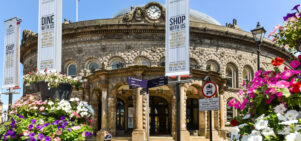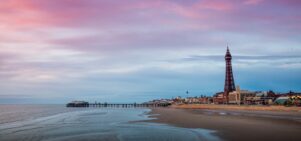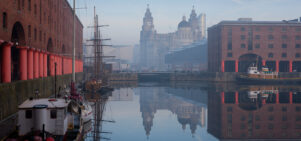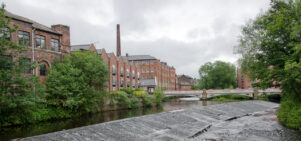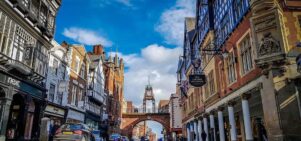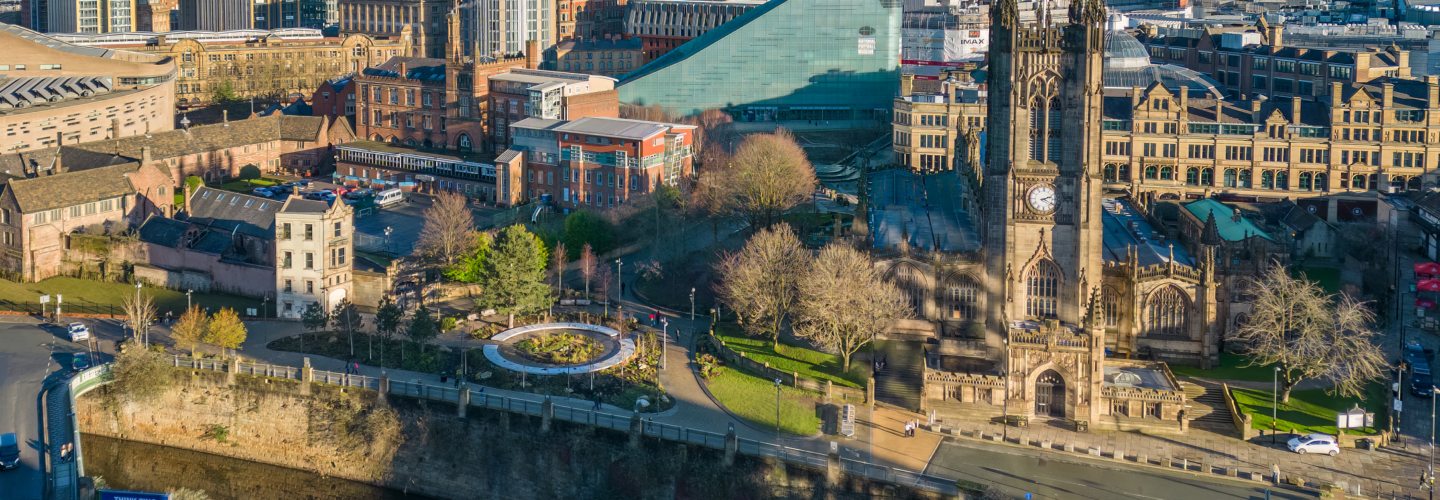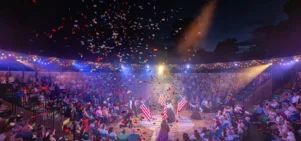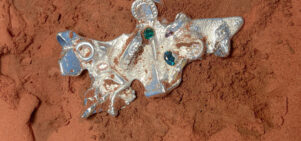Something Rich and Strange comes to Manchester Museum
Polly Checkland HardingA new exhibition combines art and artefact – and highlights the fragility of one of the ocean’s most precious inhabitants: coral.
According to Ovid, coral has monstrous origins: dropped in the ocean by Perseus, the blood from Medusa’s severed head turned the underwater plants to stone. It was the nymphs who spread the coral across the seabed – from where traders, collectors and researchers have dredged it up ever since. Coral is actually formed from clusters of invertebrates called polyps, a biological classification that sounds far from glamorous; this in stark contrast to its beauty, the exclusivity of which meant it was once the darling of the art world. But, as the nymph Daphne learned, desirability incurs danger. Manchester Museum’s latest exhibition signposts how the fertile tradition of coral in art and culture is being threatened by our abuse of the oceans. The question is, does a celebration of dead coral do anything to help its conservation?
In Something Rich and Strange, decorative artefacts and artists’ works are placed alongside the museum’s collection of natural specimens. The exhibition’s title comes from Shakespeare’s The Tempest, where the drowned don’t fade, “but doth suffer a sea change / into something rich and strange”. There’s a nice echo here of how the environmental storm currently brewing was spawned by our ancestors – but this exhibition is also about the way we continue to treat the seas unsustainably. And yet to showcase the loveliness of collected coral (something that most landlubbers won’t get to see in situ) as part of an argument for its protection seems rather like showing poachers a taxidermy tiger.
To showcase its loveliness to landlubbers is like showing poachers a taxidermy tiger
For this show, New York-based artist Mark Dion foregoes the competition between art and nature by using papier-mâché and resin to create “coral” installations. His use of substitute materials isn’t an attempt to dress up an alternative to the real thing but is, instead, a projection of the future if coral’s plight is ignored. By contrast, Karen Caspar’s astonishing coral cape takes the ocean’s reefs as inspiration, the implicit suggestion being just because coral itself is out of bounds doesn’t mean we can’t use it as a creative prompt.
The work of both artists helps to reframe the pieces of Victorian coral jewellery that are also on display as unsustainable curios, rather than designs to be coveted. Equally, it should be emphasised that the pieces from the museum’s own store – which includes over 1,600 specimens of extant corals and some 2,200 of those now extinct – are an example of a justifiable harvest: the collection acts as a “biological library”, without which important taxonomic, biodiversity and conservation research couldn’t take place.
Accompanied by talks and tours, as well as interactive family events, the exhibition has been thoughtfully put together, and offers a responsible way to access one of the oceans’ most precious growths. Ultimately, Something Rich and Strange seems like a great way to ensure that coral doesn’t appear only in mythology.
